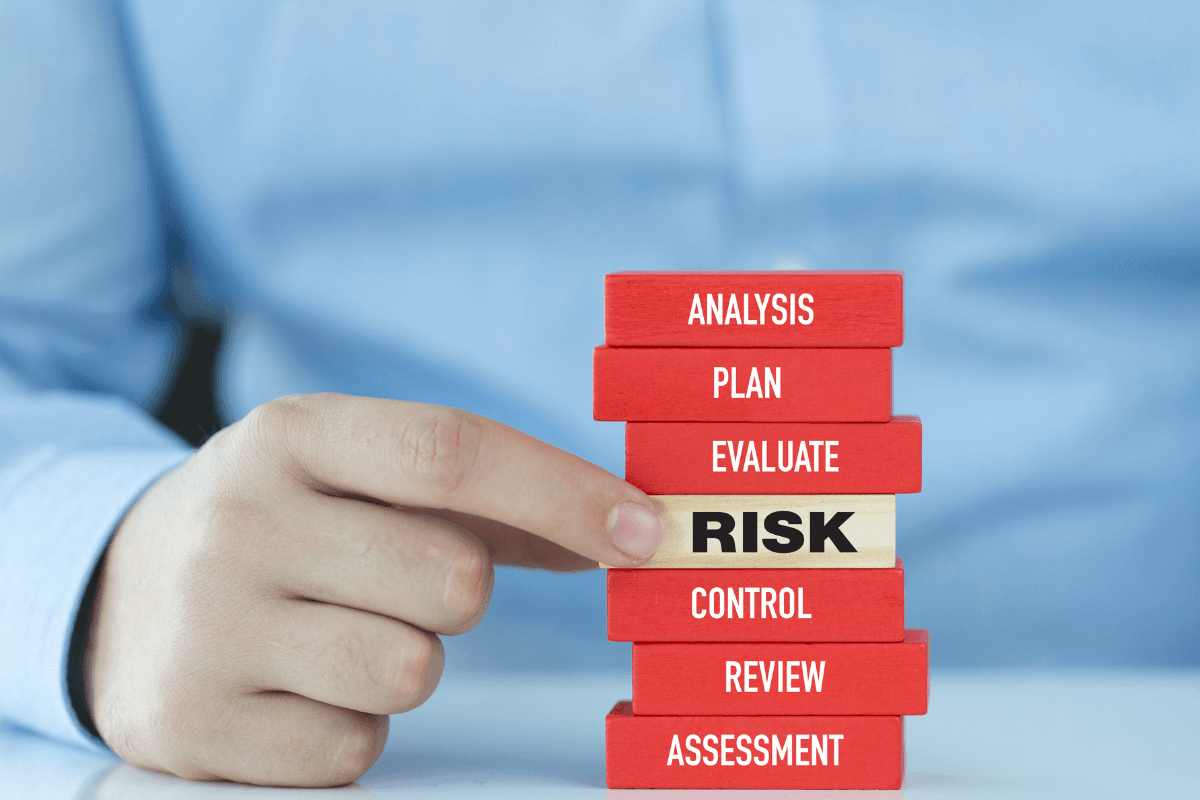Nov 5, 2024
It's important to look out for the risks that might fly under the radar, since we know unexpected challenges can pop up at anytime. Many businesses focus on obvious threats like financial downturns or operational snags but miss less obvious risks that can still create big issues. Here are five commonly overlooked risks and some tips on how you can spot them early.
Localized Political Instability
Sometimes, it’s easy to assume political issues only matter if they’re directly in your market. But political shifts—even in far-off regions—can cause supply chain delays, restrict access to materials, or limit travel options for teams. For example, a change in trade regulations in a neighboring country might suddenly disrupt your regular shipping routes or hike up costs.
Spot It Early: Use tracking tools that monitor political conditions across key locations, not just in your core market. Staying informed on regulatory changes or regional shifts helps you prepare in advance.
Environmental Changes & Natural Disasters
The effects of extreme weather and environmental changes can go beyond the obvious damage to property. Localized events—like wildfires, droughts, or flooding—can have ripple effects that impact both supply chains and customer demand. For example, a drought affecting crop production could increase the price of certain foods, impacting restaurants or food-related businesses in unexpected ways.
Spot It Early: Real-time tracking tools that monitor environmental data can give you a heads-up about potential disruptions. If you can see weather patterns shifting, you can prepare by adjusting your operations or stocking up on necessary supplies.
Social Risks & Reputational Impact
Public perception changes quickly, and staying ahead of social trends and opinions is essential. Negative sentiment, boycotts, or shifts in cultural expectations can influence your brand’s reputation. Consider how quickly social media can amplify issues—one overlooked customer complaint could become a full-blown PR crisis if it aligns with broader social concerns.
Spot It Early: Using sentiment analysis tools can help you keep tabs on what’s trending and how people feel about your brand or industry. Staying tuned to customer sentiment helps you address concerns before they escalate.
Economic Shifts in Key Markets
When it comes to economic risks, it’s not always about recessions or major downturns. A change in one market, like new import tariffs or labor shortages, can create sudden shifts in your operational costs or demand patterns. For example, an increase in material costs due to tariffs could impact your pricing and overall profitability if you’re not prepared.
Spot It Early: Stay ahead by tracking economic indicators that affect your supply chain and primary markets. Knowing how these shifts could impact your costs allows you to plan budgets more effectively.
Cybersecurity Vulnerabilities in Vendor Networks
As companies rely more on third-party vendors, vulnerabilities in these networks can lead to serious cybersecurity risks. While many businesses invest in their own cybersecurity, few pay close attention to the security practices of vendors who have access to sensitive data. This oversight can lead to data breaches that impact your operations and customer trust.
Spot It Early: Make it a priority to review your vendors’ cybersecurity practices. Real-time monitoring tools that assess vendor risk can help you stay aware of potential threats, even when they’re outside your immediate control.
Wrapping Up:
Risk management is about more than handling issues as they arise; it’s about spotting potential threats before they disrupt your business. With tools that offer real-time insights, you can identify risks early, adapt accordingly, and stay prepared for whatever comes next. At Flutter Labs, we provide businesses with the data they need to spot these hidden risks and navigate them effectively.





